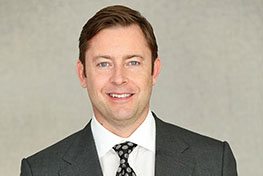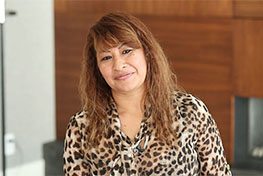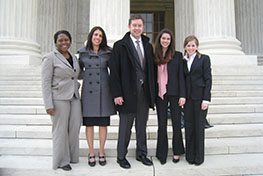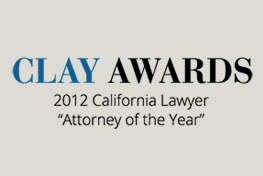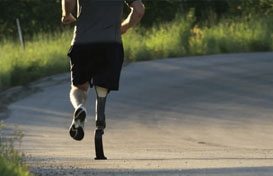In most claims that arise from accidents or mistakes in Los Angeles, the basis for holding another person or business legally responsible comes from a legal theory called negligence. Under California law, if a person or a business behaves in a negligent way, the careless person will be legally liable for any harm that results because of those negligent actions.
To win a negligence case in Los Angeles, normally the injured party (the plaintiff) must prove four elements to show that the defendant acted negligently. First, the plaintiff must prove that the defendant owed a legal duty to the plaintiff under the circumstances. For example, a driver owes a duty to other drivers on the road to drive carefully, and a doctor owes a duty to his or her patients to treat them with a high level of care.
The second element that must be proven is a breach of the duty of care. If a driver was driving while intoxicated and hit another car, obviously he or she breached the duty of care. If a surgeon removed a kidney instead of a pancreas during an operation, the duty of care was breached. The third element is proving that the defendant’s actions or inactions caused the plaintiff’s injury. Finally, it must be proven that the plaintiff suffered some type of damages from the defendant’s actions.
If you are able to prove those four elements, you may be able to recover compensation for your injuries, assuming that the defendant has assets to pay your damages or an insurance policy. In most personal injury cases, the plaintiff’s attorney is able to work out a settlement before going to court, but in some cases a trial is necessary.
If you have been injured because of the wrongful actions of a person or a business in Los Angeles, you should speak with an attorney. Call me, Conal Doyle, Los Angeles negligence attorney, at 310-385-0567. Call today to learn more or to schedule a free consultation.
